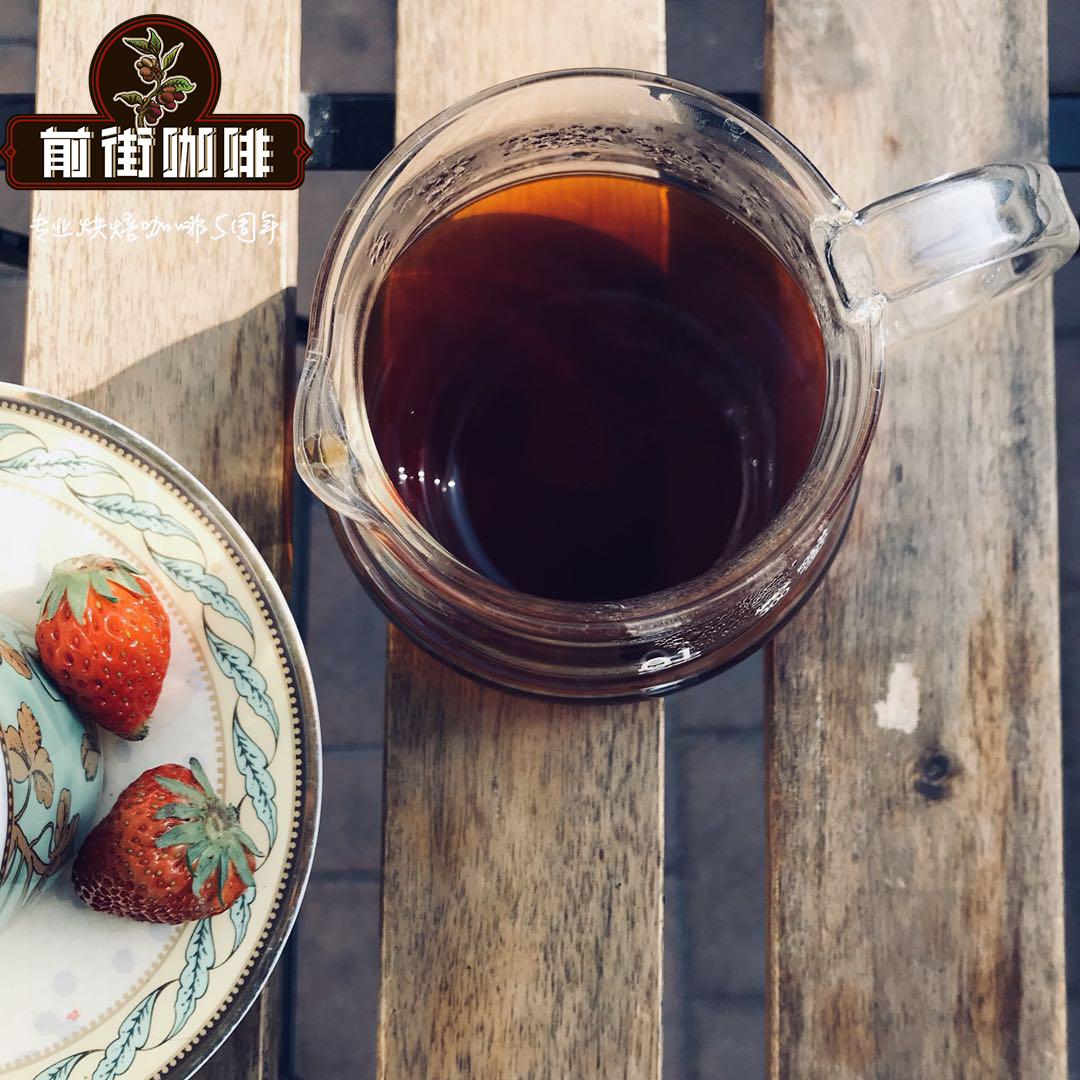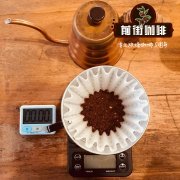What is the difference between half-sun and honey-treated flavor and taste? Is it better to drink in half-sun or honey treatment?
For information, please pay attention to Cafe Workshop (Weixin Official Accounts cafe_style)
Brazil is full.

For information, please pay attention to Cafe Workshop (Weixin Official Accounts cafe_style)
Coffee beans are not born as dark brown beans. Coffee fruit is shaped like red cherry fruit, each fruit has 2 coffee beans, coffee fruit, coffee beans after processing, will be what we usually see. The production of a cup of coffee includes the process of harvesting, processing, peeling, picking beans, roasting, storage, grinding, brewing, etc., among which the step of "processing" is one of the initial keys to affect the flavor of coffee.
Honey treatment:
Remove floating beans--peeling--drying--detachment
Put the screened coffee cherries into a peeling machine to remove the peel and part of the pulp. The coffee beans with some pulp and pectin are dried on the drying field to reduce their moisture content to about 12%. Finally remove the parchment from the green coffee beans.
Excellent: Honey treatment can be said to be an upgraded version of the solarization method, because the pulp is removed first, it avoids mildew. In addition, there is no need to clean the pulp residue on the coffee beans, which also reduces the cost of water treatment. Taste, because the coffee beans are wrapped in pectin state is dried, coffee beans absorb pectin in the sugar, greatly enhance the sweetness of coffee.
Poor: cumbersome steps, high cost
Half sun:
The operation process is initially divided into three steps
1. After the coffee fruit is ripe and picked, it is first poured into the collection tank uniformly, and the immature fruit and foreign matter are removed and screened for the first time through the water tank.
2. Yellow pectin can be seen after removing the peel and pulp of the fruit, and the coffee fruit with pectin can be exposed to the sun (after removing the pulp of coffee beans, there will be a layer of sticky jelly called pectin).
3. After drying, shell is removed, and the treatment operation is completed.
advantages
During the coffee peel removal process, the ripe cherry pulp will be completely removed, and the immature coffee fruit (green or red with green) will not be easily removed, so this treatment can filter out the immature fruit. Maturity is more uniform than solarization;
Drying days will be half as long as sun exposure;
Mainly used in Brazil to improve coffee quality
- Shortcomings
The drying process is susceptible to pollution and mildew;
It needs to be closely guarded and constantly turned over.
Accelerated drying to avoid undesirable fermentation odors
Important Notice :
前街咖啡 FrontStreet Coffee has moved to new addredd:
FrontStreet Coffee Address: 315,Donghua East Road,GuangZhou
Tel:020 38364473
- Prev

What's the difference between washed coffee and semi-washed coffee? The characteristics of coffee semi-washing method and coffee water
Please pay attention to the coffee factory (Wechat official account cafe_style) after the coffee fruit is picked, it will not immediately become the coffee beans we see, need to go through a certain amount of treatment, there are three methods: sun treatment, water washing and semi-washing. Let's talk about washing and semi-washing today. Because of the shortcomings of the sun method, the Dutch invented the water washing method in the mid-18th century.
- Next

The best temperature for milk foam is about 60 ℃.
Professional coffee knowledge exchange more coffee bean information please follow the coffee workshop (Wechat official account cafe_style) if you make milk foam to make hot fancy coffee, of course, heat the milk to 60, (you can choose full-fat milk or high-fat milk, milk with high fat content is also high in milk protein content, the milk foam is stronger and denser, milk with high fat content, taste
Related
- What is the meaning of lactic acid fermentation with coffee bean treatment?
- How to judge the state of foam by sound?
- How does the latte pull out the unicorn pattern? Come to get for a little trick to improve the flower pull!
- Will flower pulling affect the taste of the latte?
- Do you know the history of coffee?
- The difference between honey treatment and sun washing what is raisin honey treatment?
- What kind of milk can a novice use to make coffee foam to keep the foam longer? The correct method and skills of milking tutorial sharing
- Why do washed coffee beans taste sour? Flavor characteristics of washed Coffee
- Introduction to the skill of how to practice the size and height of water injection around the circle of hand-brewed coffee
- How do beginners practice coffee flower drawing from scratch?

